This post may contain affiliate links which means that if you click through to a product or service and then buy it, I receive a small commission. There is no additional charge to you.
Tick, tock, tick, tock. The clock is ticking on the deadline for submission of self-assessment tax returns and payment of any balance owed; it’s 31 January which is this Thursday.
If you are staring at a mountain of paperwork and hoping for a miracle, you may be in need of some self-assessment tips. I thought I would pull together some last minute guidance for those of you who still haven’t finished your tax return.
Paperwork
Get all your paperwork together before you start. You’ll need:
- If you are employed, your end of year summary (P60) or leaver form if you left an employer during the year (P45). You need the relevant one for each employer that you had during the tax year which runs 6 April through to 5 April the following year
- If you have lost these, log in to your HR system and get a copy of your final payslip for the year which should show you cumulative figures
- Your P11D form which details any benefits in kind you have received
- If you are self-employed, details of all your income and allowable expenses
- Details of dividends and sales (and entry price) if you have any investments
- Annual interest summary for all your bank accounts
- Rental income, relevant expenses, capital expenditure if you have rental property
- Summary of pension contributions made during the year
- Records of charitable donations made using gift aid (if you are a higher rate tax payer you can claim tax relief on these)
- Details of child benefit received if one of your household earns over £50k
If your records are lost, stolen or destroyed
If your records are lost, stolen or destroyed and you can’t replace your records, you must do your best to provide figures. Tell HMRC when you file your tax return if you’re using:
- estimated figures – your best guess when you can’t provide the actual figures
- provisional figures – your temporary estimated figures while you wait for actual figures (you’ll also need to submit actual figures when available)
When you use either estimated or provisional figures, make sure you explain your workings in your submission.
Records
Remember, you must keep records to support your tax returns.
How long you should keep your records depends on whether you send your tax return before or after the deadline. For tax returns sent on or before the deadline, you should keep your records for at least 22 months after the end of the tax year the tax return is for. For tax returns sent after the deadline, you should keep your records for at least 15 months after you sent the tax return.
If you are self employed, you must keep records for at least 5 years after the 31 January submission deadline of the relevant tax year.
It’s how much?!
If you do your calculations and the end result is a big bill which you don’t have enough to pay, you may do well to speak to an accountant who may be able to help you reduce it. Short notice but definitely worth hunting down someone to help.
Ultimately, if you find yourself in a situation where you can’t make the payment by 31st January, contact HMRC immediately to explain you situation and ask if you are able to put a payment plan in place.
Submission
Finally, try not to leave submitting your tax return until deadline day in case you have problems with internet connectivity. The HMRC website has been known to crash before due to the sheer volume of assessments submitted last minute; don’t be someone who gets a fine because you were so last minute!

